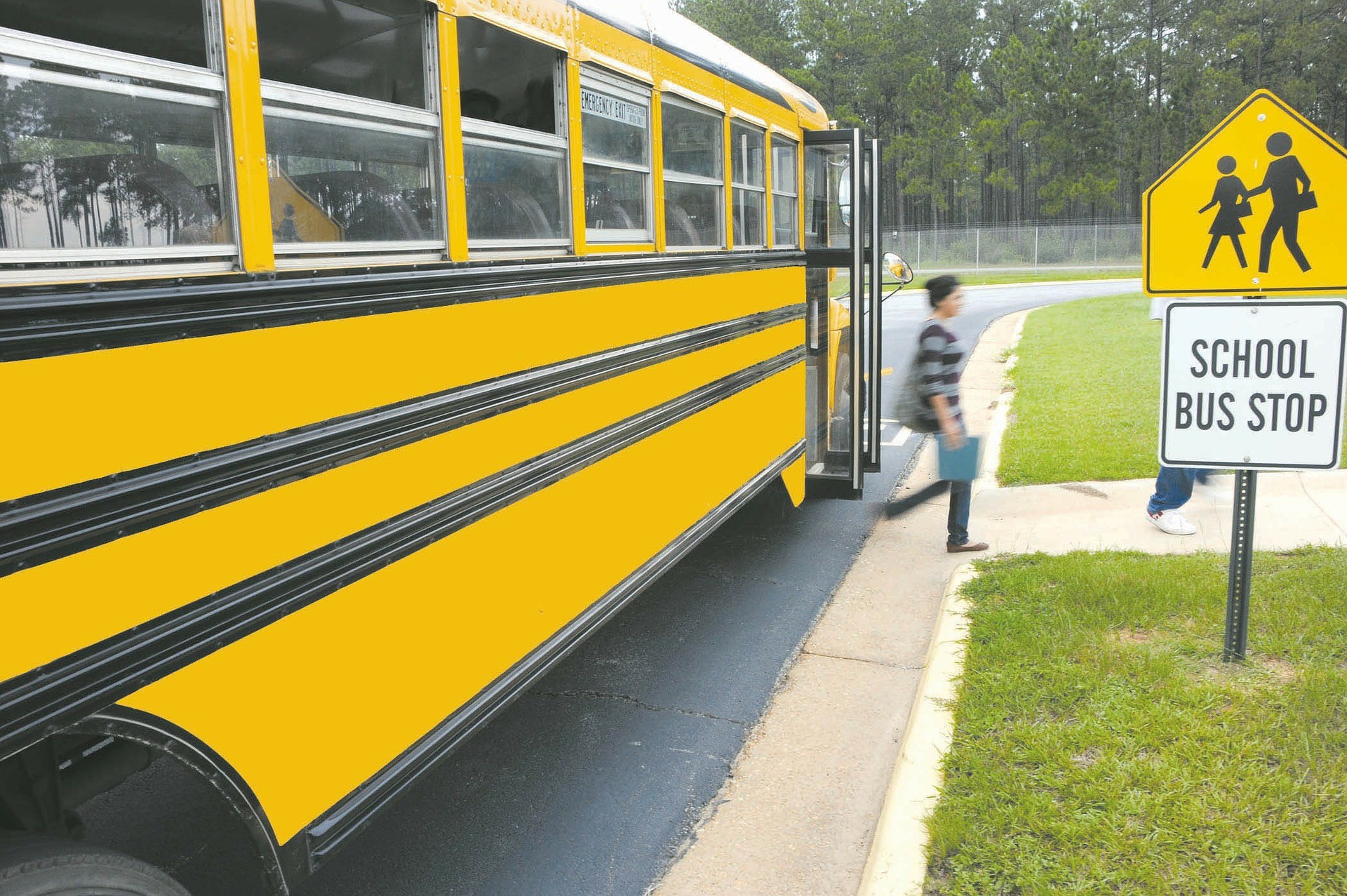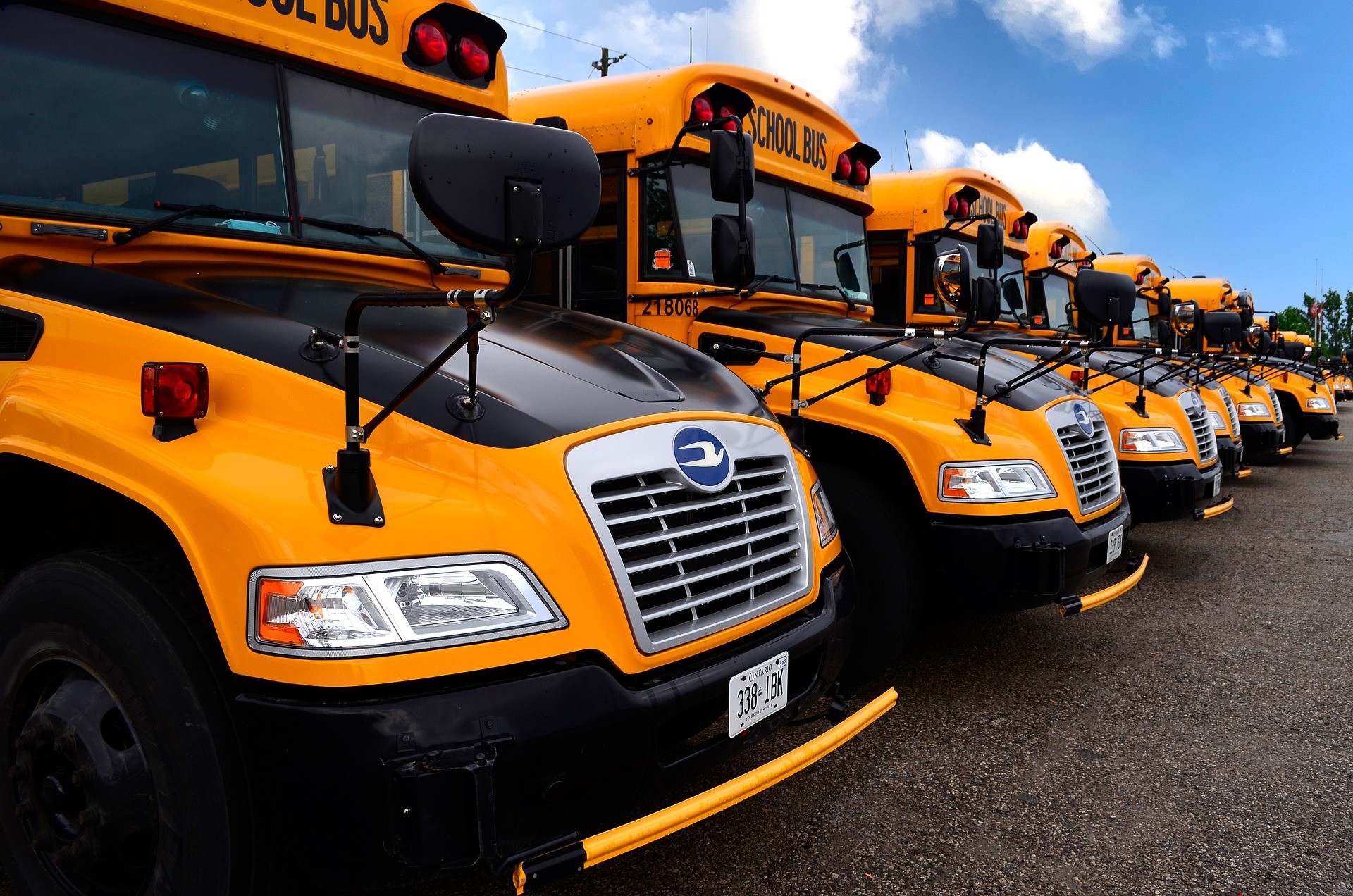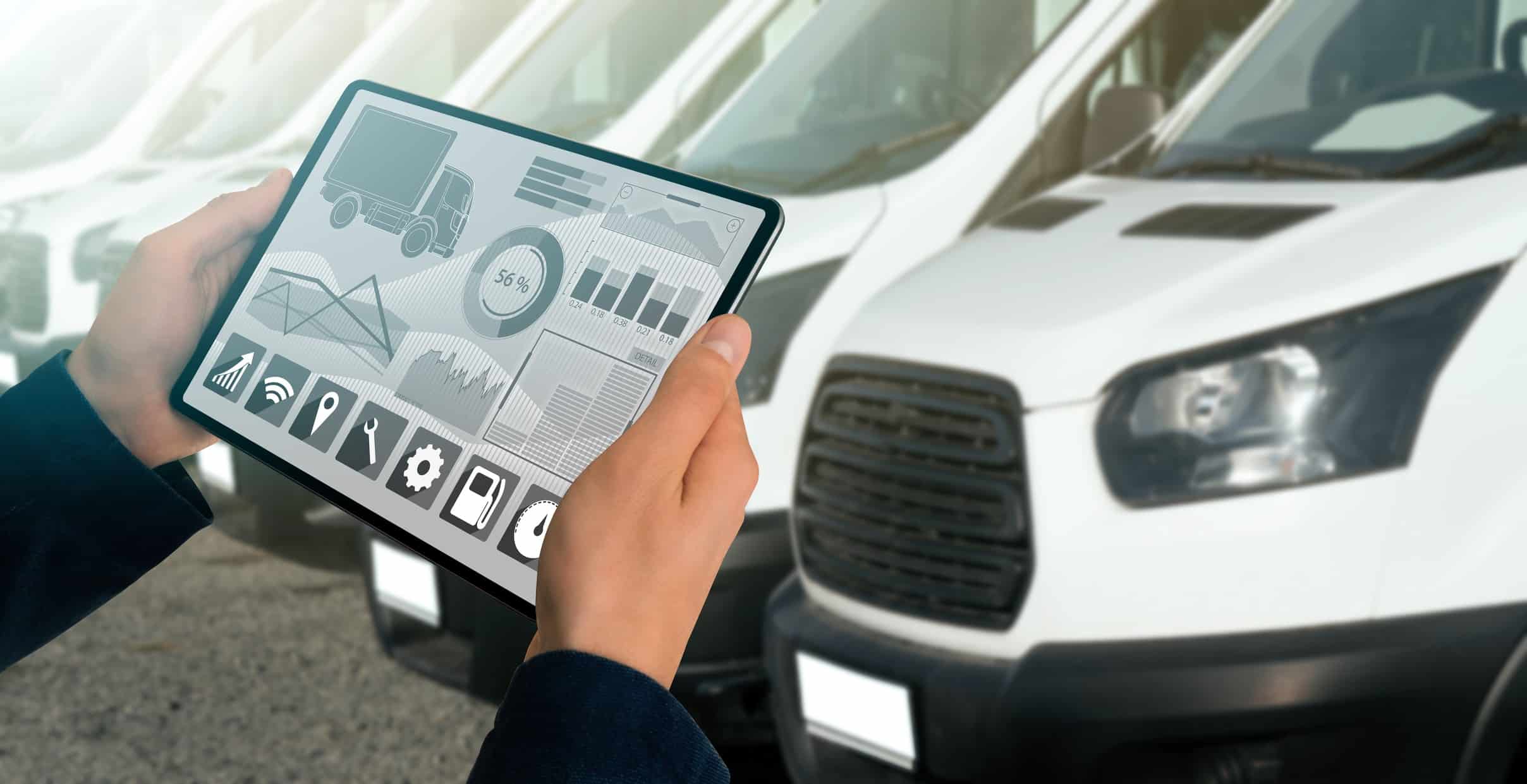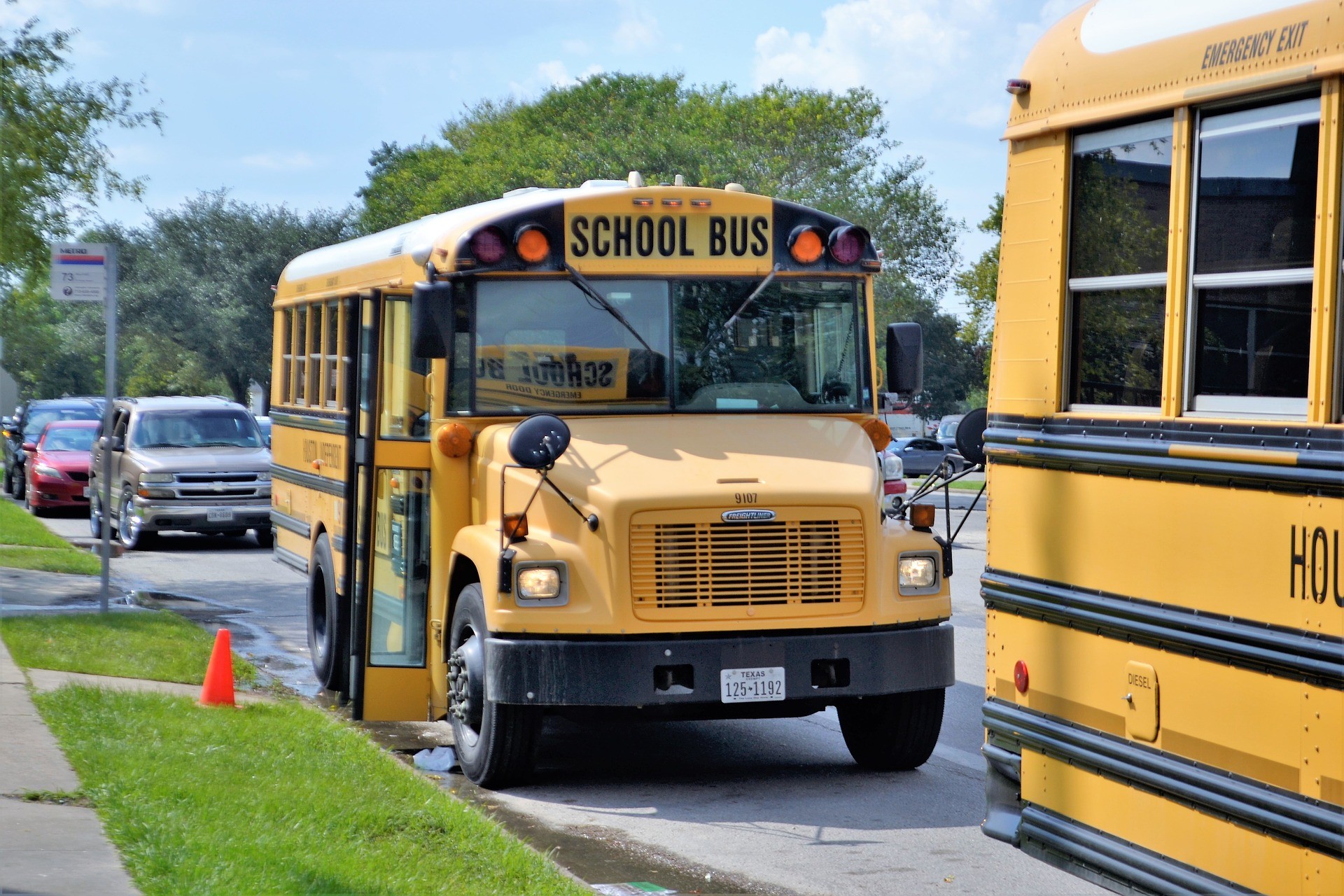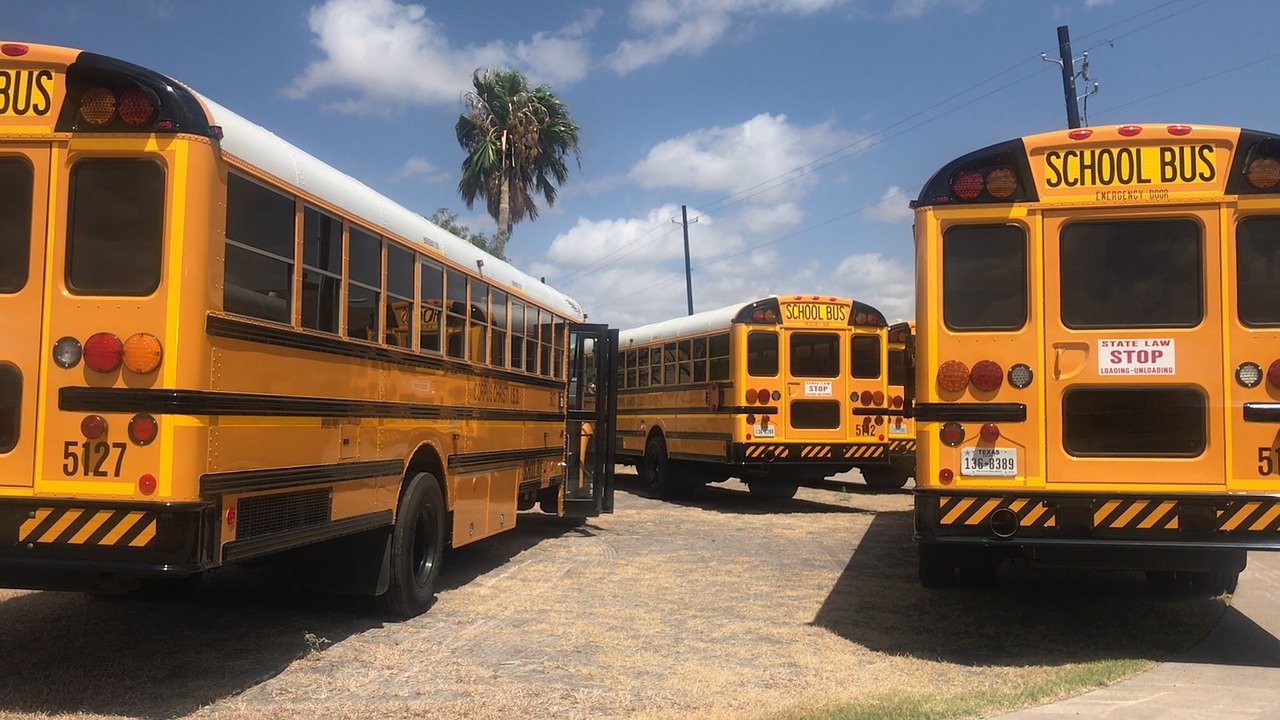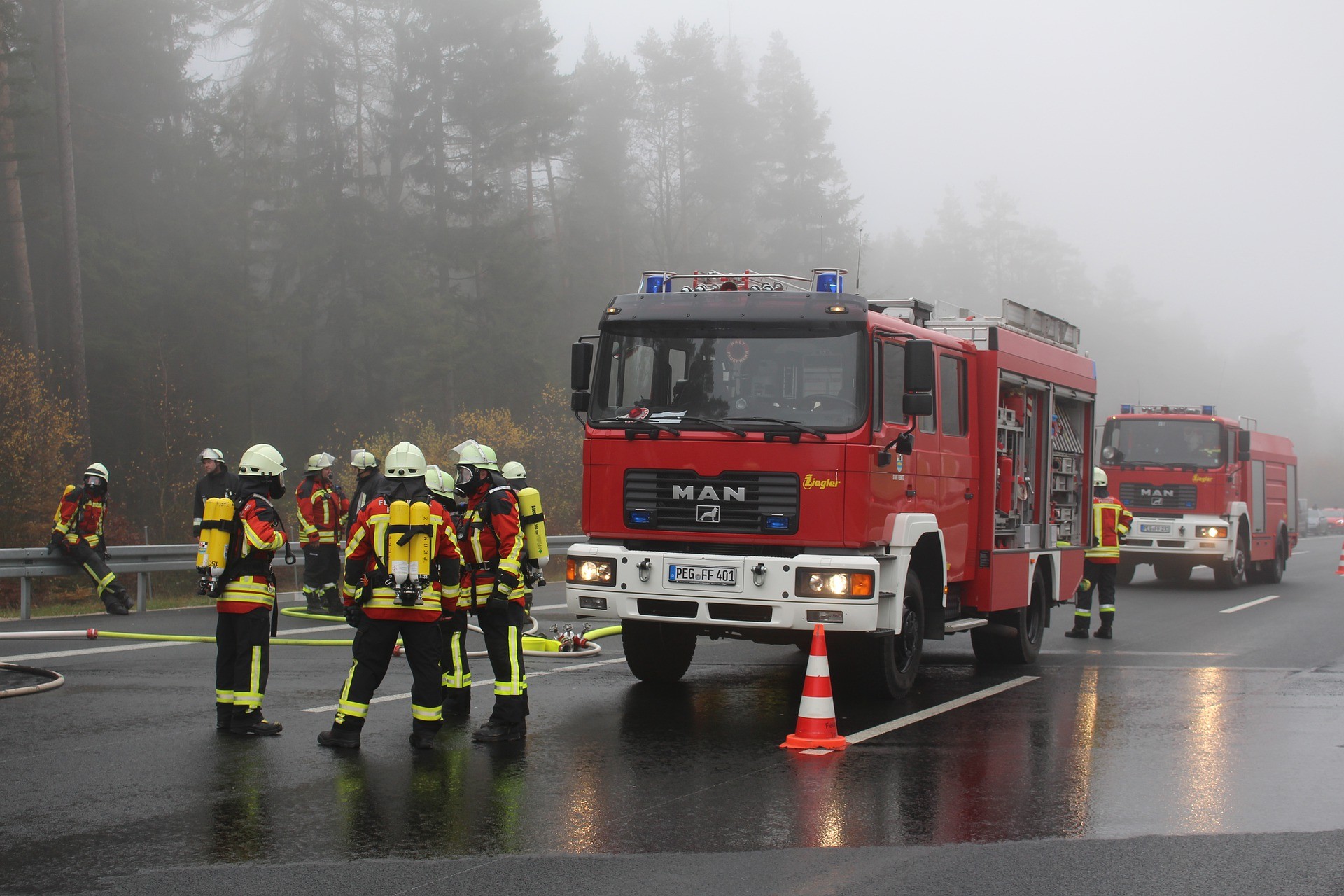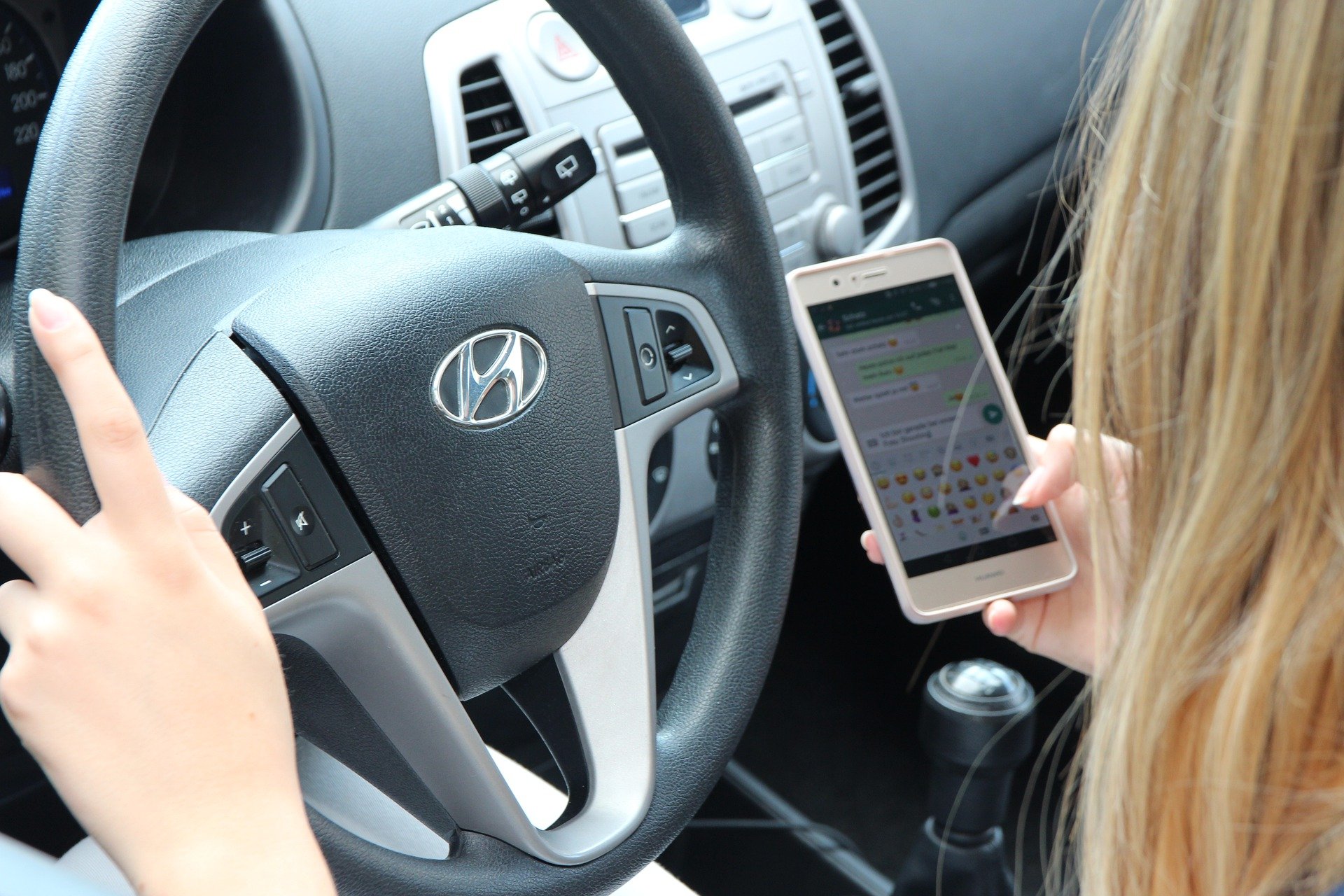This month marks the back-to-school season, offering students across the country a mass exodus from lockdowns and a welcome break from online learning. These new beginnings bring with them opportunities for school administrators and third-party fleet managers to revamp their bus operations using technology and telematics data to make the school year safer and more efficient. Below we’ve listed some of GoFleet’s product and service offerings that are available to both schools and to the public to help keep kids safe.
GPS tracking of bus operations with Bus ETA
GoFleet’s Bus ETA app marks the first step in safety and communication between parents and their child’s school. Bus ETA is an app that allows school admins to provide live location updates of arriving or departing school buses.
The app also allows parents to track their child’s bus to make sure it arrives/departs on time by allowing the parent to create routes and define which students (or “Travellers”) are assigned to those routes. Bus ETA is updated automatically, so that parents (or “Guardians”) have access to real-time updates on their computers, tablets, or mobile devices.
Bus ETA is integrated with ZenduIT ecosystem (same functionality as ZenduCAM alerts) to create and review multiple routes, monitor multiple travellers and allow their guardians to log their information in the event of an emergency. A 2-step verification process ensures safe guardian login.
Knowing when and where a school bus will be at any given time — and having that information available on a live app — improves efficiency by reducing wait times and avoids having to wade through a field of update calls from anxious parents. Routing and dispatching can be done quickly, providing a live location for all buses employed by the school and increasing visibility between parents and the school’s administration.
The school can import and manage guardians and travellers while creating and managing routes from the travellers addresses. Conversely, guardians can track several bus routes and travellers from one mobile app while reviewing a history of arrivals and notifications. Ultimately, knowing when and where a bus will arrive allows families to organize their day without the fear of missing a ride to school.
Tracking student safety with GO9 trackers
It’s all well and good to know where the bus is, but what if your child isn’t on it? Thankfully, Bus ETA can merge seamlessly with ZenduIT’s tracking system for a more comprehensive (and safer) solution. For example, our third-party GO9 tracker plugs directly into the vehicle to track its routes, and a traveller tag tracks the student’s mobility when used in conjunction with a GO9 + NFC reader. Whether you’re tracking your child’s bus, or tracking the bus and your child, our technology gives schools and parents peace of mind while promoting safe travel to and from school.
ZenduCAM for heightened safety
Our commercial dash cam solutions provide a wealth of options for fleets of all sizes. Connecting a product such as ZenduCAM to your buses gives you data sets for all kinds of cost-saving and safety-promoting initiatives, including:
- Accident reconstruction: In the unlikely event of an accident, ZenduCAM helps you determine who was at fault, as well as the events that led up to the collision.
- Road compliance: Dash cams keep your bus drivers accountable by preventing unsafe driving habits such as rapid acceleration, harsh braking and turning.
- Passenger-facing cameras can help scan your precious cargo to keep them safe and accounted for.
- Driver scoring and training: Your dash cam system provides an overall scoring system to help identify areas of improvement, incentivize good driving habits and keep drivers and students safe.
When integrated with GoFleet’s rich telematics ecosystem, Bus ETA can help create a 360 solution for schools and bus fleets. Through years of IoT experience, our specialists have a wealth of knowledge and an ability to recommend the right integration of apps and hardware for different verticals. We design, develop and implement premium automation solutions to help drive success — and your vehicles. Contact your GoFleet consultant today and see how we can bring your bus fleet to the top of the class.
